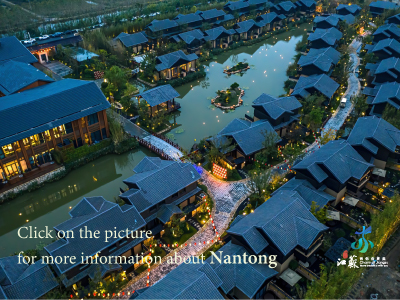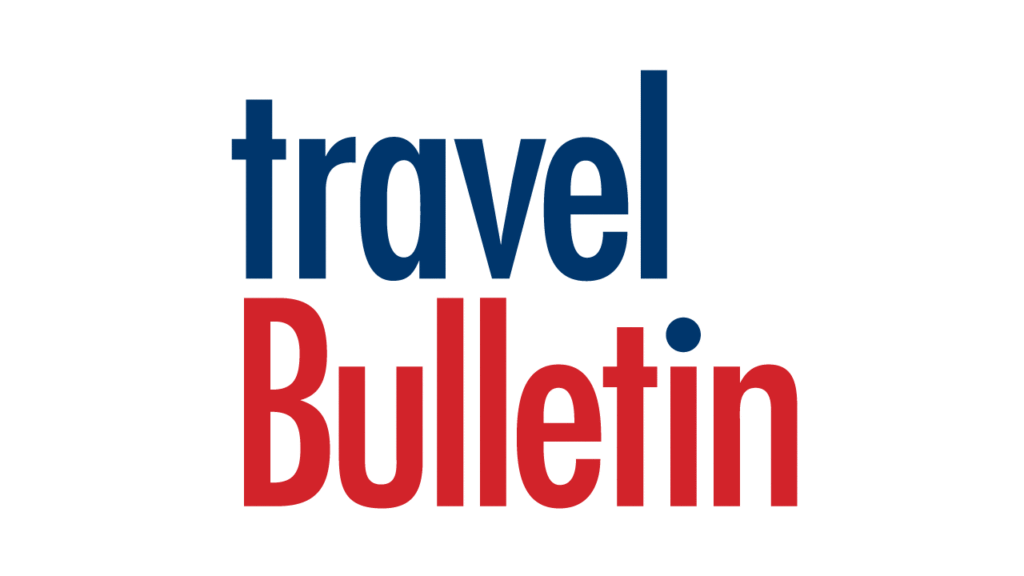Social media has gone from zero to hero over the past decade, but the social landscape is changing its stripes.
LinkedIn has staked its claim as a professional network, Twitter is making waves in Australia, and Facebook – the social media juggernaut – is slowly losing favour to new mediums like Instagram and Pinterest. More than ever, travel companies are moving with the tide to engage with consumers, snag new ones, and boost their brand awareness.
As millennials continue to fully embrace social media, there is still much confusion about how to incorporate it in a business model. One thing has been made clear – use it or lose out to your competitors – but the burning question for many travel professionals remains – why bother?
Contiki managing director Katrina Barry fronted a panel discussion on social media engagement at the mUmBrella Marketing Summit in Sydney in April, claiming that it is becoming omnipresent as users become more confident. But quashing the view that social media is a soundpost that is reserved for millennials, she said over 40s are in fact the fastest growing audience as they look to connect with their family and friends. Meanwhile, Gen Ys are turning their backs on Facebook in favour of new networking channels such as Instagram, she added.
While travel brands are now spending upwards of 25% of their annual budgets on social media marketing, mostly on Facebook, the number of millennial users is declining as they become frustrated with in-your-face paid advertising. According to Barry, Instagram is the new black.
“Gen Y want content that is entertaining and valuable, and as Facebook is now filled with advertorial that is less engaging, they’re losing interest and opting for Instagram as a valuable source,” she told travelBulletin.
The crux for travel companies is that social media is prompting a shift in how consumers are exposed to travel marketing. They are switching off to paid Facebook advertising in favour of “inspirational” images on channels like Instagram and Pinterest. Travellers are still booking via travel agents, but more than ever, social media is shaping their decisions on where and when to travel, presenting a real opportunity for travel companies, agents, and home-based consultants.
The inherent challenge with social media is the inability to measure the return on investment. It’s time consuming and demands constant attention, and yet there is no way to match a dollar value to the return.
But to put it into perspective, Contiki recorded its biggest ever jump in sales to Vietnam after running an Instagram campaign with celebrities from TV reality show, The Bachelor. Travel companies are also hosting dedicated famil programs for “social media influencers” such as bloggers and Instagrammers who boost brands via their channels. Twenty-year-old Sjana Elise Earp is a prime example, landing contracts with Contiki and Myer, among others, to push their brands via her 713,000 Instagram followers.
But social media is not restricted to millennials, with Trafalgar also noting a strong uptake in engagement among its target demographic of over 40s. Trafalgar managing director Matt Cameron-Smith says social media presents a particular opportunity for tourism businesses because travel represents one of the most “bragged about, shared experiences”. But transparency is key: “If travel companies are not 100% transparent, consumers will catch you out. And if all comments and reviews are glowingly positive, consumers will smell a rat.”
Relevance is the only way to engage with users who are becoming increasingly cynical and wary of advertising spin, he says. “You can post about everything and people will just switch off. Content has to be relevant, aspirational, and it has to have a mixture of tips, deals and galleries. You’ve got to add value,” he told travelBulletin.
Mobile is the other offshoot of social media, with more than 50% of all video seen in Australia now viewed on mobile devices.
While mobile enabled sites barely existed five years ago, Australia is now averaging a 50/50 split for mobile and traditional sites. Approximately 55% of Contiki’s web traffic is now fed by mobile sites, with all marketing campaigns built for mobile before traditional outlets. The company also spends upwards of 85% of its marketing spend on digital campaigns. “People are still using traditional media, but they’re using social media while they’re doing it. That’s the big shift,” Contiki’s Barry said.
Barry also touched on the quality of content, noting that it is being compromised because of the nature of the medium and the pressure to post frequently. “Times have changed and a lot of [travel] brands don’t invest in quality of content. They’re more interested in how much they’re spending on sponsored Facebook posts,” she said. Experts agree that social media will continue to evolve, but as Barry put it: “If you’re not thinking about social and digital first, the old adage rings true – adapt or die.”







